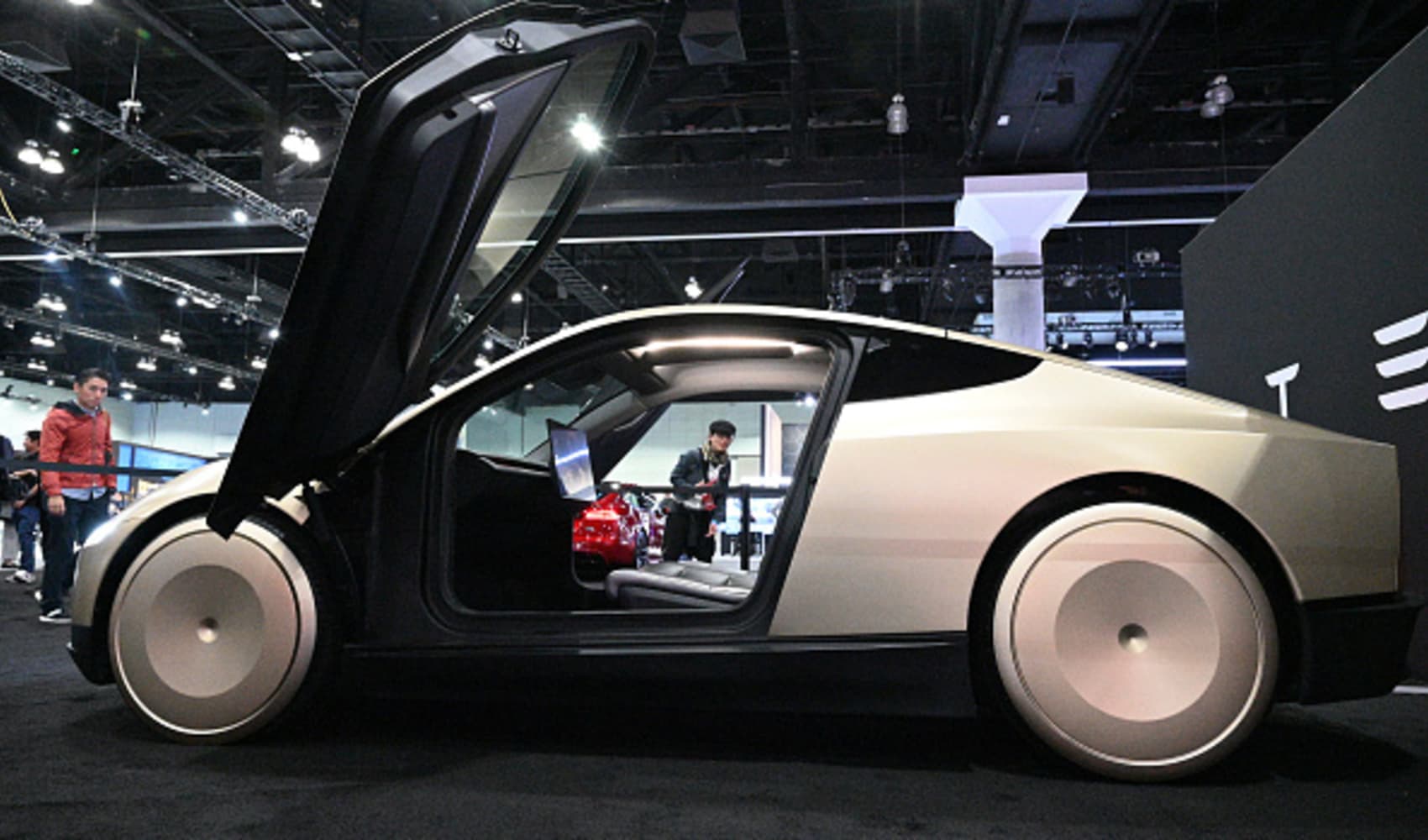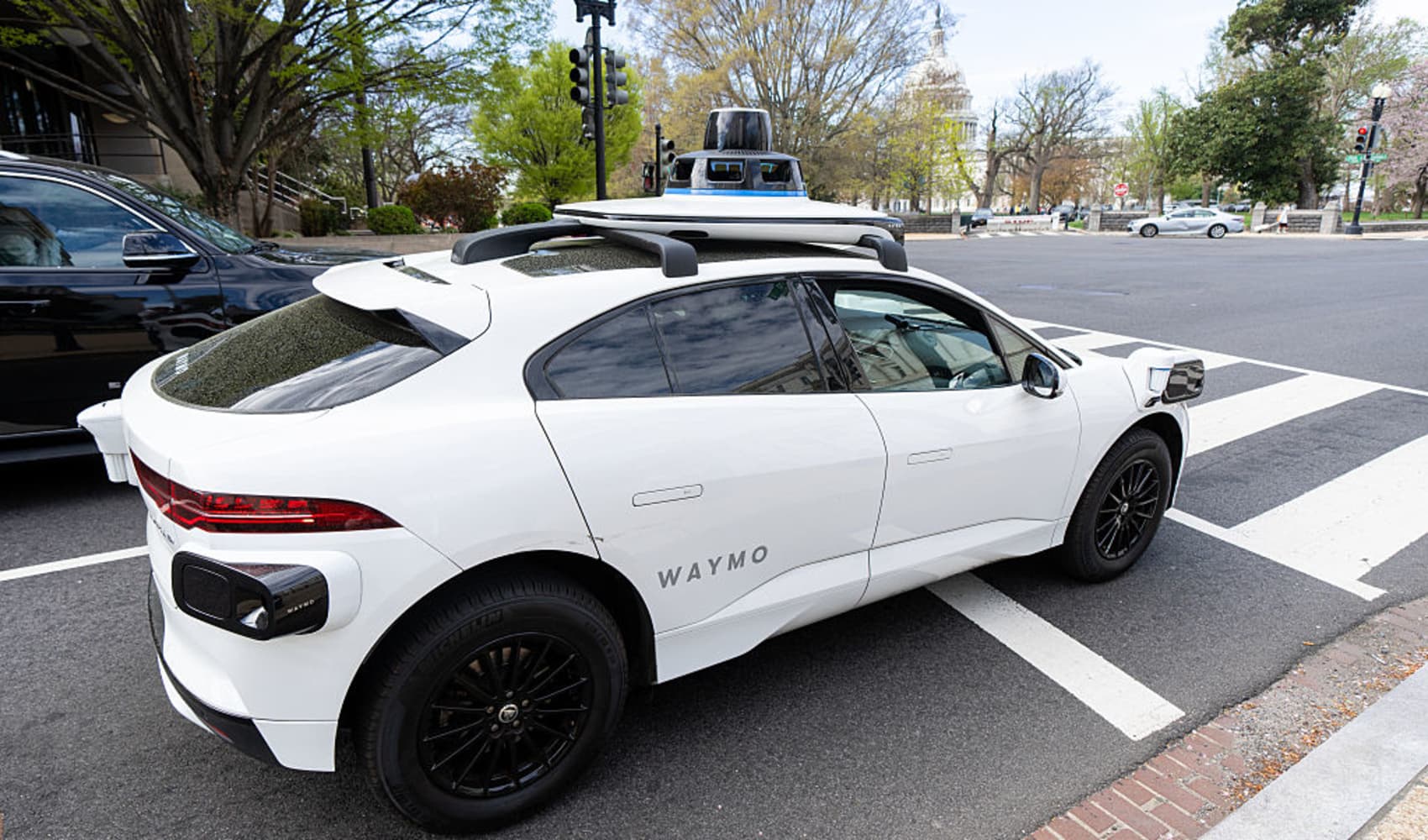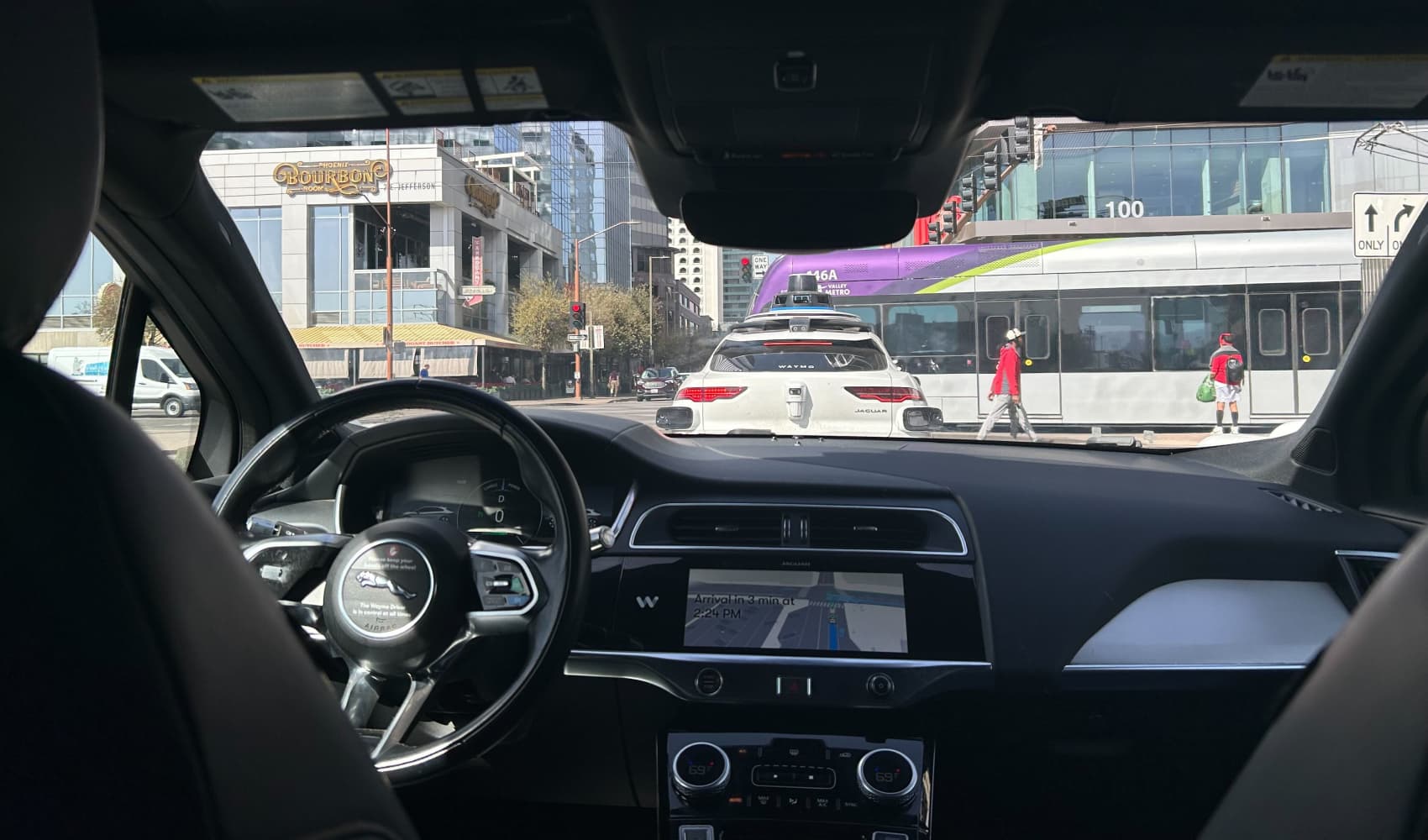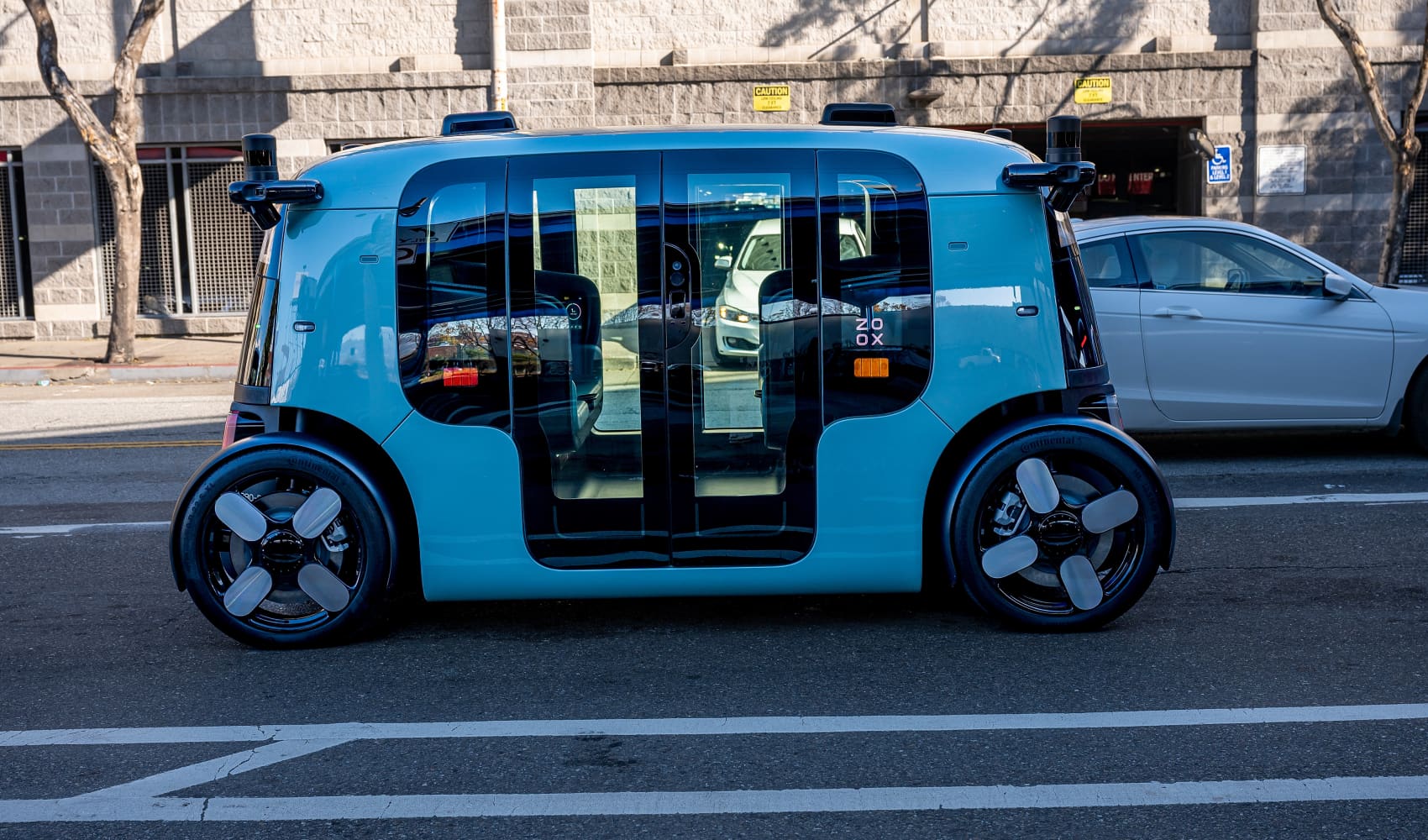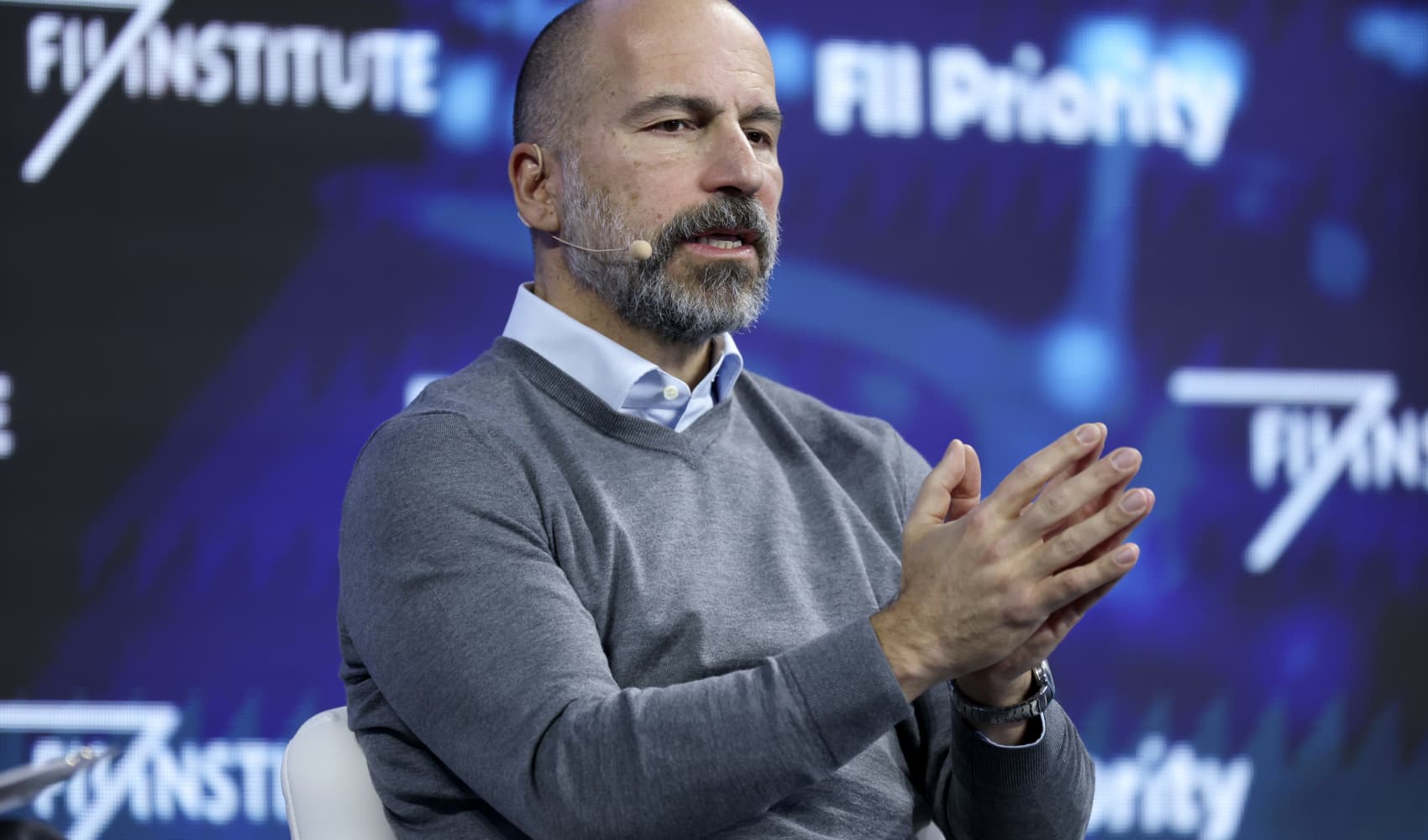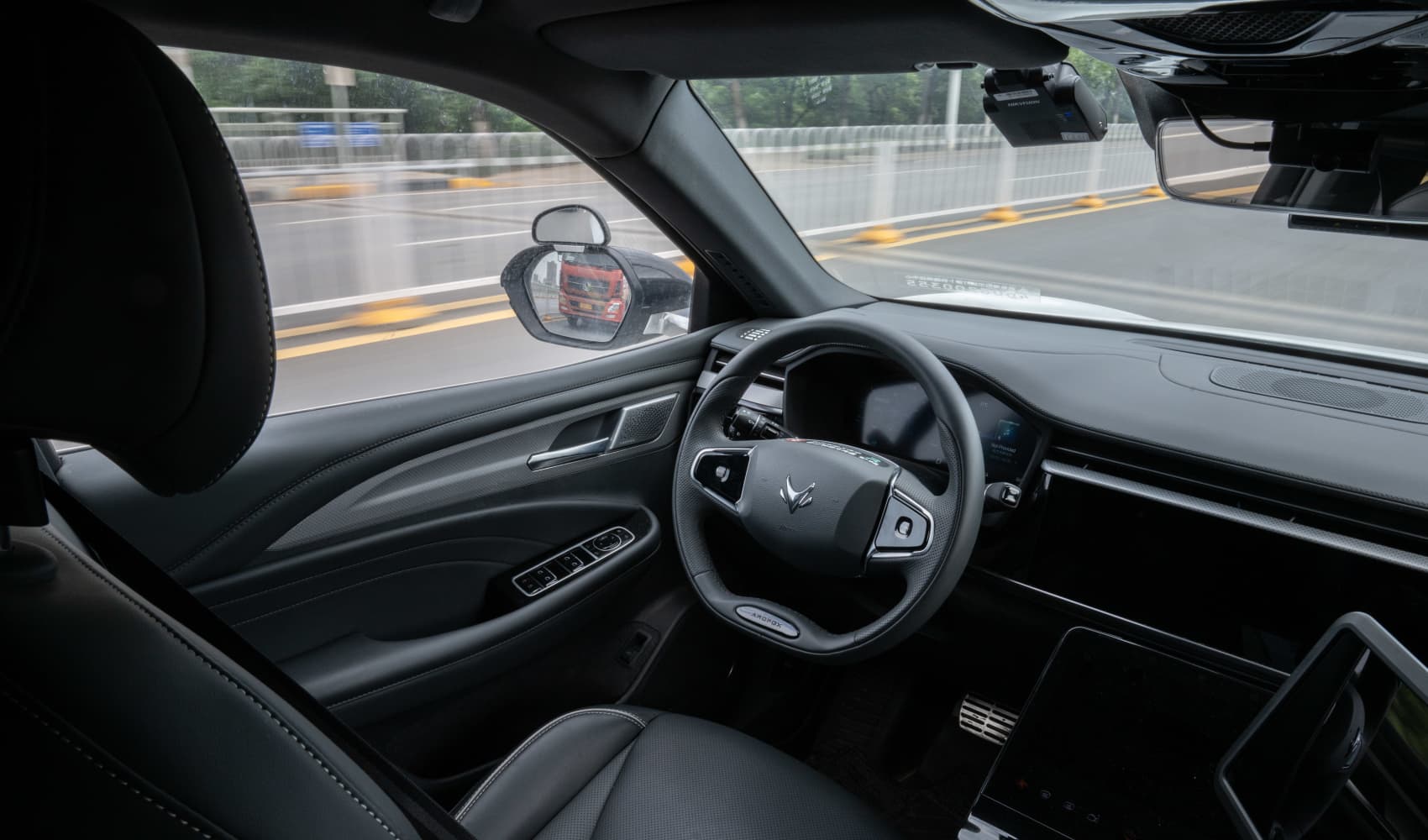Waymo's Robotaxi Surge: 250,000 Rides Weekly!
Waymo Surges Ahead: 250,000 Paid Robotaxi Rides Weekly!
Introduction: The Robotaxi Revolution is Here!
Imagine a world where getting around town is as simple as summoning a self-driving car. No more frantic searches for parking, no more worrying about rush hour traffic stress. Well, that future is rapidly becoming a reality, and Waymo is leading the charge. Alphabet, Google's parent company, recently announced a groundbreaking milestone: Waymo is now delivering over 250,000 paid robotaxi rides per week in the United States! That's a quarter of a million people choosing to hop into a driverless vehicle every single week. It's not just a cool statistic; it signifies a monumental shift in how we think about transportation. Are we witnessing the dawn of a new era? Let's delve deeper.
The Numbers Don't Lie: Waymo's Impressive Growth
The raw numbers paint a clear picture of Waymo's impressive growth trajectory. Just a few months ago, in February, the company was reporting 200,000 weekly rides. That's a jump of 50,000 rides in a short period! This surge is largely attributed to Waymo's expansion into Austin and further development within the San Francisco Bay Area in March. This exponential growth highlights both the increasing demand for autonomous transportation and Waymo's ability to meet that demand effectively.
Strategic Partnerships: The Key to Waymo's Success
Alphabet CEO Sundar Pichai has emphasized the importance of strategic partnerships in Waymo's business model. Waymo is actively collaborating with ride-hailing giants like Uber, leading automakers, and specialized operations and maintenance businesses that keep their vehicle fleets running smoothly. This collaborative approach is crucial, as no single company can conquer the autonomous vehicle landscape alone.
Uber Partnership: A Game Changer?
Leveraging Uber's Existing Network
The partnership with Uber is particularly noteworthy. Uber already possesses a massive user base and a well-established infrastructure for ride-hailing. By integrating Waymo's technology into Uber's platform, both companies can benefit from increased reach and efficiency. Think of it as combining the brains of Waymo with the brawn of Uber. It's a potentially revolutionary combination.
Business Model Flexibility: Adapting to Different Markets
A Geographically Diverse Approach
Pichai highlighted Waymo's flexible business models, catering to diverse geographic needs. What works in the densely populated streets of San Francisco might not be the ideal approach for a more spread-out city like Austin. This adaptability is essential for long-term success in the autonomous vehicle industry. Waymo understands that a one-size-fits-all approach simply won't cut it.
"We Can't Possibly Do It All Ourselves": The Importance of Collaboration
Pichai's candid acknowledgment that "We can't possibly do it all ourselves" speaks volumes about Waymo's strategic vision. Building and deploying a large-scale autonomous vehicle fleet requires expertise in various areas, from software development and sensor technology to vehicle maintenance and regulatory compliance. By partnering with other industry leaders, Waymo can focus on its core competencies while leveraging the strengths of its collaborators.
Safety First: Waymo's Commitment to Autonomous Driving
Prioritizing Passenger and Pedestrian Safety
Safety is paramount in the development and deployment of autonomous vehicles. Waymo has invested heavily in sensor technology, artificial intelligence, and rigorous testing to ensure the safety of its passengers and other road users. These vehicles are equipped with advanced sensors that provide a 360-degree view of their surroundings, enabling them to react quickly and safely to unexpected events.
The Technology Behind Waymo's Robotaxis
Lidar, Radar, and Cameras: The Sensory Symphony
Waymo's robotaxis rely on a sophisticated suite of sensors to navigate the world. Lidar, radar, and cameras work in harmony to create a detailed map of the vehicle's surroundings. Lidar uses laser beams to create a 3D representation of the environment, while radar detects the speed and distance of objects. Cameras provide visual information, allowing the vehicle to identify traffic lights, signs, and pedestrians.
The Human Element: Oversight and Intervention
Remote Assistance and Support
While Waymo's robotaxis are designed to operate autonomously, human oversight is still a crucial component. Remote assistance teams are available to monitor the vehicles and provide support when needed. If a vehicle encounters a situation it cannot handle independently, a remote operator can step in and provide guidance. This human-in-the-loop approach ensures a higher level of safety and reliability.
Challenges and Obstacles: Navigating the Road Ahead
Regulatory Hurdles and Public Perception
Despite the impressive progress, Waymo still faces significant challenges. Regulatory hurdles vary from state to state, creating a complex landscape for autonomous vehicle deployment. Public perception is also a critical factor, as widespread adoption depends on building trust and addressing concerns about safety and reliability.
The Future of Transportation: A Glimpse into the Autonomous World
Beyond Robotaxis: Logistics and Delivery
The potential applications of autonomous vehicle technology extend far beyond robotaxis. Self-driving trucks could revolutionize the logistics industry, while autonomous delivery robots could transform the way we receive packages. Waymo is exploring these possibilities, aiming to become a leader in the broader autonomous mobility market. The ripple effects of this technology could reshape our cities and economies.
Competition in the Autonomous Vehicle Space
A Race to Autonomy
Waymo isn't the only player in the autonomous vehicle arena. Companies like Tesla, Cruise, and Argo AI are also vying for a piece of the pie. The competition is fierce, driving innovation and accelerating the development of self-driving technology. Ultimately, this competition will benefit consumers by providing them with more choices and better solutions.
Ethical Considerations: Navigating the Moral Maze
Programming Ethical Decision-Making
Autonomous vehicles raise complex ethical questions. How should a self-driving car be programmed to respond in unavoidable accident scenarios? Who is responsible when an autonomous vehicle causes an accident? These are challenging questions that require careful consideration and open dialogue. As autonomous vehicles become more prevalent, we must grapple with these ethical dilemmas to ensure a fair and just future.
Job Displacement: The Impact on the Workforce
Retraining and New Opportunities
The widespread adoption of autonomous vehicles could lead to job displacement in the transportation sector. Truck drivers, taxi drivers, and delivery drivers may face unemployment as their roles are automated. However, this technological shift could also create new opportunities in areas such as autonomous vehicle maintenance, software development, and remote assistance. Retraining programs and investments in education will be essential to help workers adapt to the changing job market.
Sustainability and Environmental Impact
Reducing Emissions and Improving Efficiency
Autonomous vehicles have the potential to significantly reduce emissions and improve transportation efficiency. Self-driving cars can optimize routes, minimize idling, and promote ride-sharing, leading to lower fuel consumption and reduced congestion. However, the environmental impact will depend on the energy source used to power these vehicles. A transition to renewable energy is crucial to realize the full sustainability benefits of autonomous transportation.
Conclusion: Waymo's Journey to Autonomous Dominance
Waymo's achievement of delivering 250,000 paid robotaxi rides per week is a testament to the company's technological prowess, strategic partnerships, and commitment to safety. While challenges remain, the future of transportation is undeniably heading toward autonomy. Waymo is at the forefront of this revolution, paving the way for a world where transportation is safer, more efficient, and more accessible. The road ahead is long, but Waymo's progress is undeniable, and it's exciting to imagine what the future holds.
Frequently Asked Questions
- How safe are Waymo's robotaxis compared to human drivers?
Waymo emphasizes rigorous testing and advanced sensor technology to ensure a high level of safety. While no system is perfect, Waymo aims to exceed the safety performance of human drivers.
- Where are Waymo's robotaxis currently operating?
Waymo's robotaxis are currently available in select areas of the San Francisco Bay Area and Austin, Texas. They plan to expand to other cities in the future.
- How do I hail a Waymo robotaxi?
In areas where Waymo operates, you can typically request a ride through the Waymo One app, similar to how you would use a ride-hailing service like Uber or Lyft.
- What happens if a Waymo robotaxi encounters an unexpected situation or emergency?
Waymo vehicles are equipped with remote assistance capabilities. A remote operator can provide guidance and support if the vehicle encounters a situation it cannot handle independently.
- What are the potential benefits of widespread autonomous vehicle adoption?
Widespread autonomous vehicle adoption could lead to safer roads, reduced traffic congestion, lower emissions, and increased accessibility for people with disabilities or those who cannot drive.


